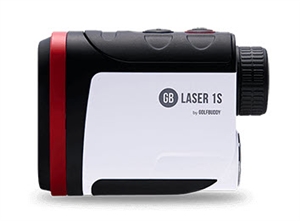The Science Behind Golf Rangefinders
One of the most popular tools of golf, rangefinders have changed the way hundreds of thousands of golfers approach the game. These modern gadgets allow golfers to know precise distances to flags, greens, hazards, and more. How do these work though? We go into the specifics of how golf rangefinders work.
If you look at the end of a laser rangefinder you’ll see two black circles. One of these circles is a laser emitter. When you point the rangefinder at an object and press the button, a laser beam will be emitted from this black circle and hit the object.
Once the laser hits the object you’re trying to measure, a portion of that laser will be reflected back towards the rangefinder. That reflection will hit the second black circle. This circle is a receiver aperture.
The third and final major piece of a laser rangefinder is a highly accurate clock. This clock records when the laser beam is emitted and then when the receiver aperture detects the laser reflection.

GolfBuddy Laser 1S Rangefinder
The rangefinder will then process the information. Utilizing the time it took the laser beam to leave the emitter and reach the receiver, the rangefinder can estimate the distance that it traveled. Hence the rangefinder can measure the distance of any object it can bounce the laser off of.

